On A Force Table What Is The Difference Between The Equilibrant And The Resultant
Equilibrant A point to be aware of is that the force needed to balance the system is not the resultant of the weights but the negative of that vector also called the equilibrant. Equilibrant is a force that is exactly opposite to a resultant.
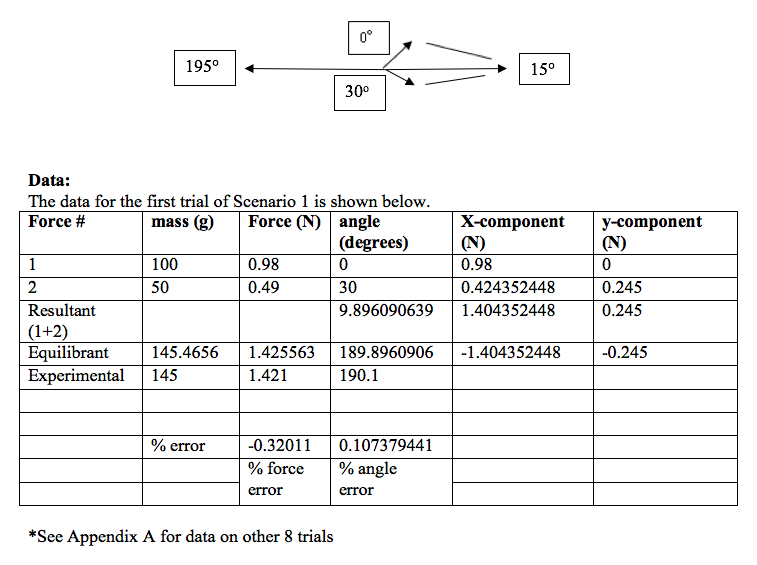
The Resultant Of Multiple Forces Odinity
If two forces are equal and directly opposite then they entirely cancel each other out.

On a force table what is the difference between the equilibrant and the resultant. If we add six newtons north to six newtons north we get a resultant force of 12 newtons north. Indeed force and momentum are one of the important concepts on which half of the physics laws lean on. The difference between a resultant and equilibrant vector is that resultant vector is a direct quantity one with both magnitude and direction while the equilibrant vector is a force equal to but opposite of the resultant sum of vector forces that force which balances other forces thus bringing an.
Forces are said to be in equilibrium when the resultant force is zero. The third vector equal to the resultant is called the equilibrant. On a force table what is the difference between the equilibrant and the resultant.
Equilibrant keeps the body at rest ie. The result is zero force. The difference between a resultant and equilibrant vector is that resultant vector is a direct quantity one with both magnitude and direction while the equilibrant vector is a force equal to but opposite of the resultant sum of vector forces that force which balances other forces thus bringing an object to equilibrium.
The difference between a resultant and equilibrant vector is that resultant vector is a direct quantity one with both magnitude and direction while the equilibrant vector is a force equal to but opposite of the resultant sum of vector forces that force which balances other forces thus bringing an object to. The equilibrant of a set of forces is the force needed to keep the system in equilibrium. As for an equilibrium force this is not a term I ever used as a Physics teacher.
Answer to 5 On a force table what is the difference between the equilibrant and the resultant. In this case the resultant and equilibrant are both zero. Equilibrant is defined as a single force which keeps the body in equilibrium when number of forces acting on it.
The vector sum of two or more forces is the resultant. Forces are said to be in equilibrium when the resultant force is zero. What are the differences between resultant force and equilibrium force.
This means the object will not accelerate. If we add six newtons north to six newtons north we get a resultant force of 12 newtons north. The three forces in this experiment are all in the same plane and therefore are coplanar.
Resultant net force causes the displacement of a body ie. Resultant force is that single force which acting alone will have the same effect in magnitude and direction as two or more forces acting together while equilibriant force is the single force that will balance all the other forces taken together. Resultant is a single force that can replace the effect of a number of forces.
Concurrent forces are forces that pass through the same point. Throughout the trials in this experiment 2 masses will remain the same while the mass of a third force will be altered. A resultant force is the sum of the forces on an object.
The resultant is a trigonometric function usually using the Law of Cosines in two dimensional solution by vector resolution of two or more known forces while equilibrant. Equilibrant and resultant have equal magnitudes but opposite directions. The sum of the two forces or vectors is called the resultant force.
The difference between a resultant and equilibrant vector is that resultant vector is a direct quantity one with both magnitude and direction while the equilibrant vector is a force equal to but opposite of the resultant sum of vector forces that force which balances other forces thus bringing an object to. Difference Between Force and Momentum With Table Whether you walk on the road slide on a marble or push a sofa everything is physics and physical components. The set of forces which causes the displacement of a body are called as component of resultant or component forces.
Resultant is defined as a single force which produces the same effect on the body that has produced by number of forces acting on it. A resultant force is the sum of the forces on an object. The resultant can in effect replace the individual vectors.
In other words the resultant and equilibrant are the zero vector. Why is only one of these actually determined experimentally. It is equal and opposite to the resultant of the set of forces.
What Is The Relation Between A Resultant Force And An Equilibrant Force How Will You Calculate The Magnitude Of A Resultant Of Two Force 60n And 40n Acting At A Point Such
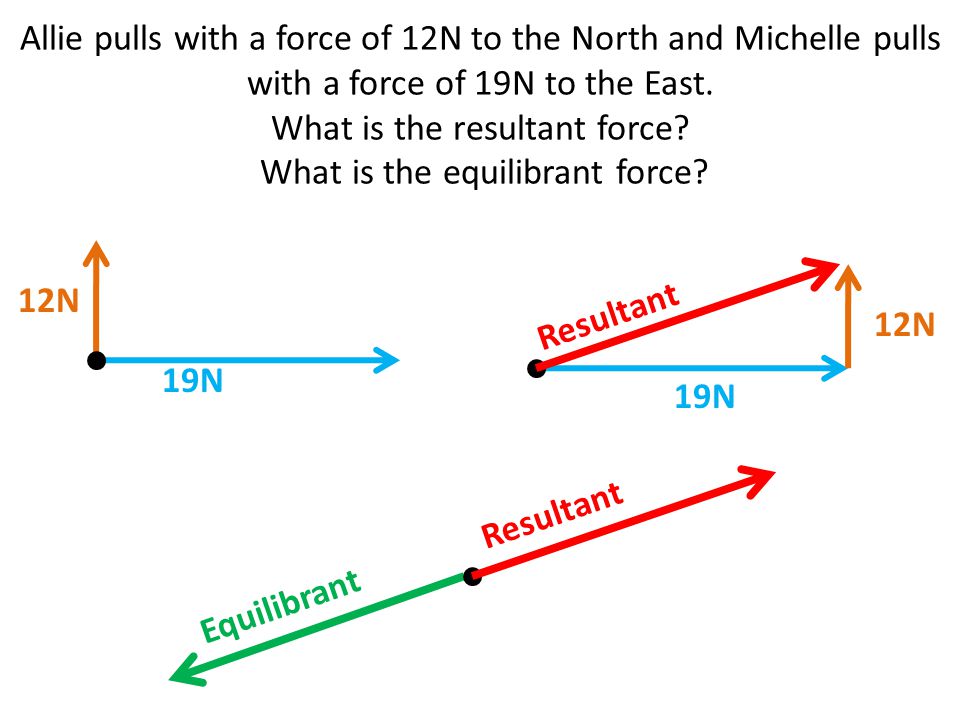
Aim How Do We Add Force Vectors What Is An Equilibrant Vector Do Now Sam And Joey Are Fighting Over A Toy Sam Pulls With A Force Of 30n To The Left
What Are The Differences Between Resultant Force And Equilibrium Force Quora
Https Www Tecumseh K12 Oh Us Downloads Physics 6 13 Pdf

Equilibrant Of Three Forces In Three Dimension Vectors Resultant And Equilibrium Youtube

Force Table Lab Jacky Zhang S Physics Got You Moved

Find Equilibrant Force Vector In Equilibrium System Youtube
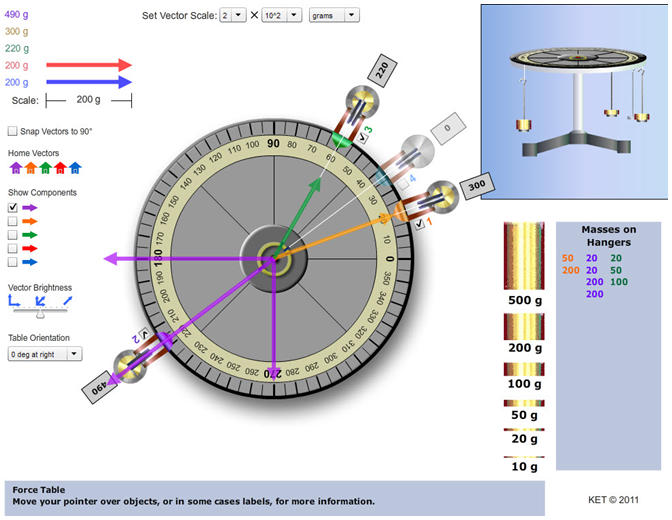
The Force Table Vector Addition And Resolution

9 Resultant And Equilibrium Analysis Problem 1 Complete Concept Youtube

Equilibrium Of Concurrent Forces Force Table Pdf Physics






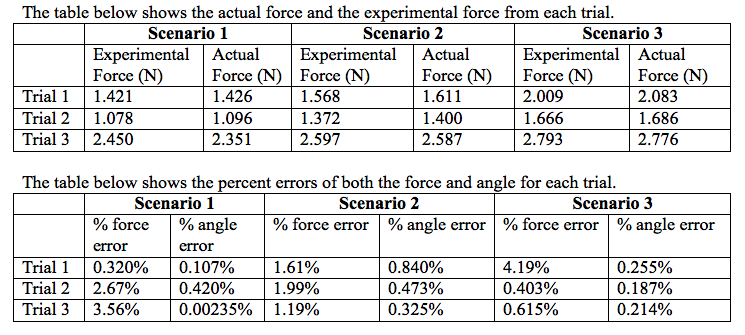
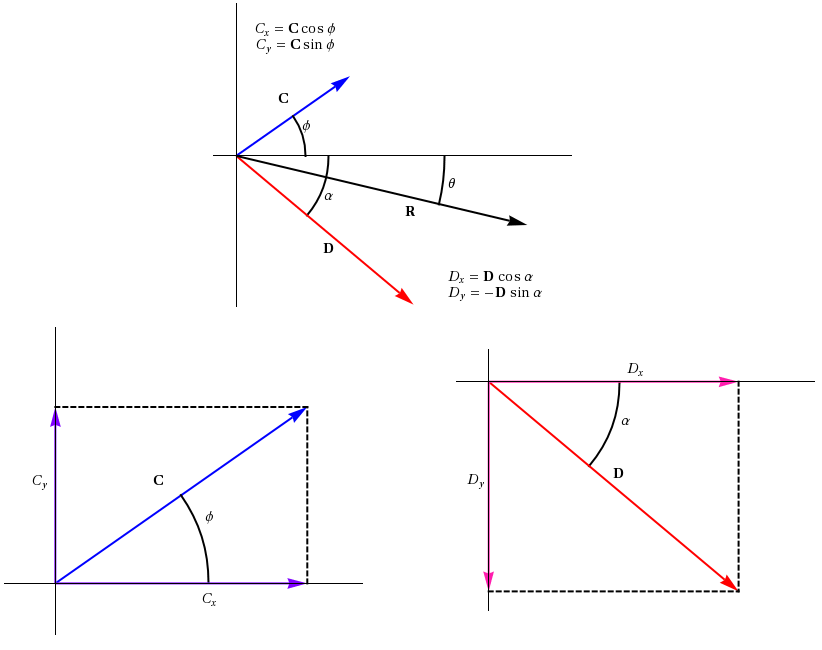
Comments
Post a Comment